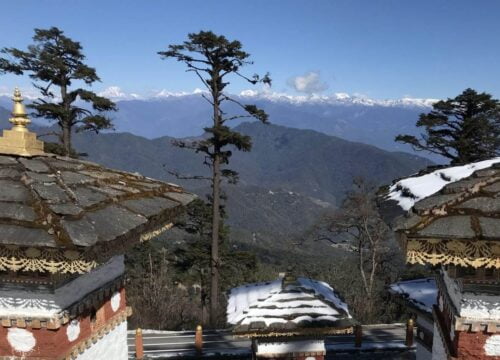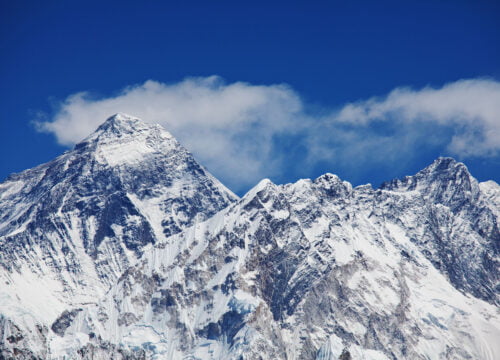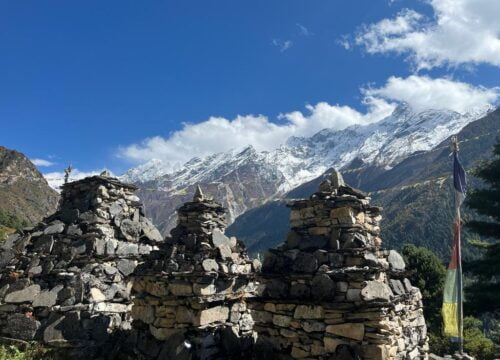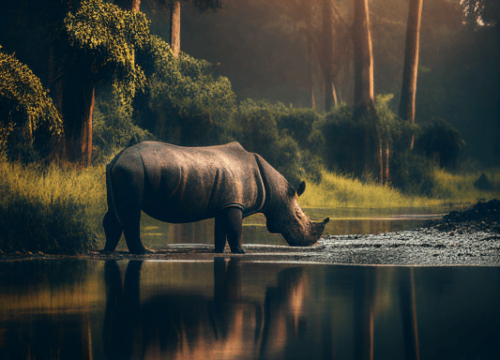Kathmandu City Tour (A)
Trip Overview
Kathmandu City Tour: Unveiling Cultural Treasures
Embark on a captivating journey through Kathmandu, Nepal’s vibrant capital, to explore its rich cultural heritage. This city tour offers a mesmerizing exploration of iconic landmarks steeped in history and religious significance.
Boudhanath Stupa: A Timeless Marvel
Begin your Kathmandu city tour by immersing yourself in the serene ambiance of Boudhanath Stupa, the largest Buddhist stupa in South Asia. Dating back to the 6th century, this architectural marvel exudes tranquility and reverence. Explore its intricate mandalas, observe pilgrims circumambulating the stupa, and soak in the spiritual aura.
Pashupatinath Temple: A Sacred Abode
Witness timeless Hindu rituals at the sacred Pashupatinath Temple, dedicated to Lord Shiva and Parvati. Situated on the banks of the Bagmati River, this UNESCO World Heritage Site is a pilgrimage destination of immense religious significance. Marvel at the intricate architecture, adorned with wood carvings and ornate pagoda-style roofs.
Patan Durbar Square: A Glimpse into the Past
Step back in time as you explore Patan Durbar Square, known for its exquisite temples, palaces, and artisanal craftsmanship. Immerse yourself in the rich history of the Malla dynasty as you marvel at intricate stone carvings and wander through wooden structures. Discover the Patan Museum, showcasing a remarkable collection of Nepalese art and artifacts.
Swayambhunath Stupa: The Enigmatic Hilltop Sanctuary
Conclude your Kathmandu city tour with a visit to Swayambhunath Stupa, perched atop a hilltop overlooking the Kathmandu Valley. Climb stone steps to be rewarded with panoramic views. Encounter a blend of Buddhist and Hindu traditions as you explore shrines, prayer wheels, and colorful flags fluttering in the breeze.
Conclusion: A Tapestry of Cultural Diversity
In summary, the Kathmandu City Tour unveils cultural diversity and architectural splendor, offering a glimpse into Nepal’s rich heritage and religious traditions. From Boudhanath and Swayambhunath to Pashupatinath and Patan Durbar Square, each stop promises a memorable experience. Embark on this exploration and discover the timeless allure of the Himalayan kingdom.
Trip Itinerary
Our guide will meet you in the hotel lobby and drive you to Boudhanath, the biggest Buddhist stupa in South Asia (the vehicle's capacity will depend on the number of people in the group). Since its construction in the sixth century by Shiva Dev, this massive stupa has been recognized as a holy site and a mound of exceptional beauty. We'll explore this stupa for about an hour.
We will travel from Boudhanath Stupa to Pashupatinath Temple, which is the most important place for Hindus, in about ten minutes. It is the shrine dedicated to Lord Shiva and his spouse, Parvati. The body is burnt on the banks of the famous Bagmati River. Because we Hindus believe that hell is below the earth and heaven is above the sky, when a body is cremated, the smoke is believed to travel to heaven, and the remaining ash is disposed of in the Bagmati River in Varanasi, India, which empties into the Ganges, which is also believed to have a connection to heaven.
Following lunch, we will travel from the Pashupatinath temple to the city of Patan. At lunchtime in Patan, we'll dine at a typical Newari restaurant. Most of the historical sites in Patan, such as the Krishna Temple, Taleju Temple, Mul Chowk, Sundari Chowk, Royal Spa, Bhimsen Temple, etc., were constructed under the Malla dynasty. But metal sculptures and handicrafts are another thing Patan is well known for.
We travel from Patan to the stupa of Swayambhunath, where you can see the Hindu Harati Mata Temple and the Buddhist stupas and shrines. The term "self-made" at the time of the incident is Shyambhu. You will primarily find Vajrayana and Mahayana Buddhism in Nepal and at this area; nevertheless, Theravada Buddhism is only found in one place in Nepal. We will be treated to breathtaking views over the Kathmandu Valley from both the east and the west and from the north to the south. After the tour, return to the hotel for a bit of relaxation, dinner, and a chance to look through the beautiful pictures you took that day.
FAQs








